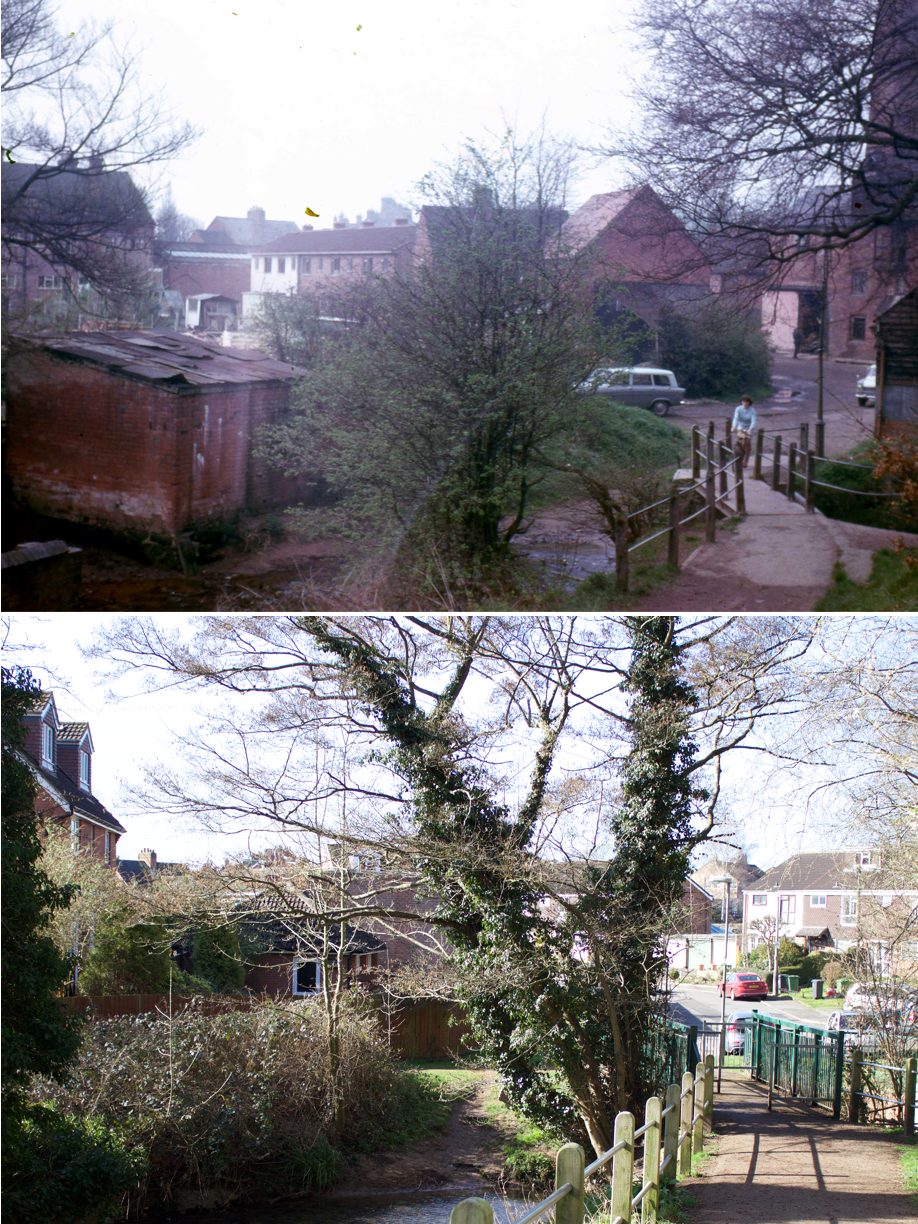
Harry Sunley tells us in A Kenilworth Chronology (Odiborne Press, 1989) that various of the common lands of Kenilworth were enclosed by act of Parliament in 1755, with the exception of “forty acres of Hilly Wast Ground [which] are to remain as unenclosed and common land so that the poor of the parish should from time to time for ever hereafter use, exercise and enjoy a free and constant right to get Furse Goss or Fern off the same…”. In 1882 a strip of this land was sold for £20 for building the Berkswell railway line.
The Common was later conveyed free of charge to the Kenilworth Urban District Council (KUDC) in 1932 by the Earl of Clarendon, the lord of the manor, with the KUDC paying £200 to cover his legal costs.
In the same book, Harry Sunley also records that the “The mill was fed from Finham Brook via a channel that ran alongside School Lane and The Close. It was last run just after World War II.” It was leased by JG Eagles.
As per previous T&N posts, Forge Road was established in 1965 following the demolition of the Mill at Mill End in April 1964. It was so named because of the blacksmith’s forge which fronted onto Stoneleigh Road. The forge site is occupied by Just Tyres at the time of writing.
The route shown in these pictures through the Common was a well-used route – past the mill, ford the brook, up over the common and on to Coventry. Robin Leach’s book Victorian Kenilworth and its People (Rookfield Publications, 2006) contains tales of accidents there including a horse and cart swept away in a flood, and a young girl likewise who was rescued further downstream in the fellmongers.
Thanks to Robin Leach for additional details provided in this article.
